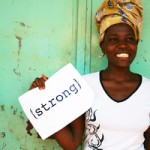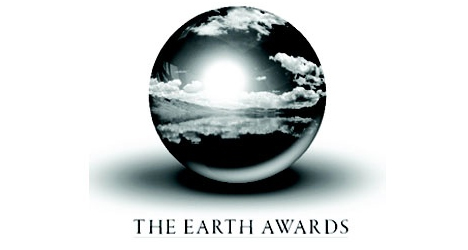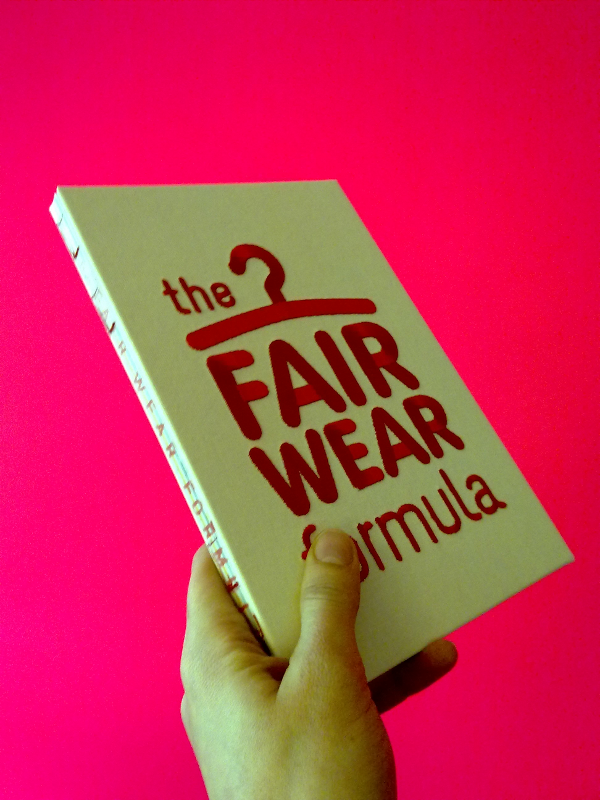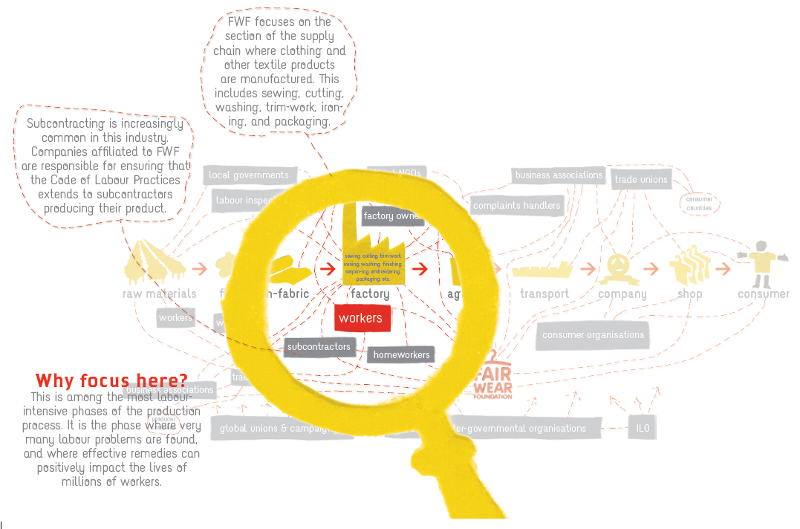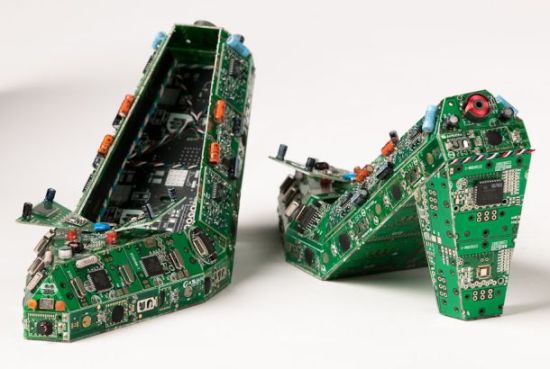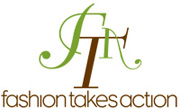SA: Let’s start at the beginning, how did you end up in Argentina making leather garments?
H+H: There are more cows living in Argentina than people. Historically, Argentine culture is centered around the cow, and Argentina is one of the largest beef exporters in the world. Subsequently, leather is also a significant part of their cultural history and is regarded as some of the finest in the world. I first learned this while studying abroad in Buenos Aires. As a Spanish major, Emily moved to Buenos Aires to work in the wine industry after graduating, and because of our mutual affinity for fashion and Argentine culture, we have been talking about starting a company bringing Argentine leather to the U.S. since she arrived.
Last summer, I went to visit Emily in Buenos Aires and was having a leather jacket custom made. While I love the jacket, we couldn’t help but keep brainstorming new leather jacket ideas, we soon realized that we had an entire collection thought out. So after years of dreaming about our own company, we decided to actually do it. And since Emily is living in Argentina, and I am in New York working and had been working in the fashion industry, it seemed like the perfect time and way for us to combine our love of fashion and Argentine culture and create Hare+Hart.
SA: So there’s been a lot of hype over your label being “ethical” but to some it may be an oxymoron to use the word “ethical” to describe leather. How do you respond to that?
H+H: We realize that there are people that will always be opposed to the leather industry, but what sets us apart from other leather producers and from manufacturers of other furs and skins is that we are taking the hides from cows that are already being used for consumption. The cow is an integral part of Argentine culture and identity, and beef is the core element of the Argentine diet – and Argentines eat ALL parts of the cow, not only the cuts that we are familiar with in the United States. We are creating a product from what would otherwise be waste from the beef industry.
Additionally, we ensure that we use hides from cows that were grass-fed and free roaming, so that the cow had a high quality of life. We also care that the people involved in creating our products are treated with consideration and fairness, so we only work with manufacturers and artisans that pay their worker fair wages and benefits and provide healthy working conditions.
SA: So, other producers of leather garments are using hides and wasting the rest of the animal?
H+H: Often when cows are being raised in large feed lots for beef, only their meat is considered. Their diet is based upon the cow growing to provide the most amount of meat possible and they are butchered in a way that produces the most amount of beef in the easiest and cheapest methods possible. This ruins the hide and makes it impossible to use it to create leather products. It is more expensive and labor intensive to slaughter a cow to take advantage of both the beef and the hide, and therefore, it is not always the standard practice.
SA: Just to be clear, how do you define fair wages and benefits, and a healthy work environment?
H+H: We do not work with manufacturers that provide sweatshop-like working conditions. We will only work with manufacturers that pay their employees fair wages based upon the standard of living for Argentina and provide paid vacation and maternity leave. The environment of the manufacturer must be clean and not pose a health threat to any of the workers.
SA: Do you have a Code of Conduct?
H+H: We do not have an official Code of Conduct, but since it is important to us personally to make ethical decisions, we carry that through to all aspects of our company.
SA: You two seem like very trustworthy people, but how can consumers trust that your claims about the production process and your materials match the reality on the ground?
H+H: As consumers, we think it is very important to make well informed purchases. We try to make our production process as transparent as possible, so that consumers know all aspects of the Hare+Hart products that they purchase. We also feel that it is important to not make blanket statements about being an ethical company. Rather, we inform our consumers about the steps we are taking to be environmentally friendly and humane, so that they can decide for themselves whether or not our products work with their belief systems.
SA: Do you plan on making this information available to consumers through the Hare+Hart website?
H+H: We have an “About” section on our website that explains the steps we are taking to make our company as ethical as possible. Also, as we begin to develop our Spring 2011 line, we plan on blogging about the process and the decisions that we face.
SA: As designers, do you believe that it is your responsibility to consider the social and environmental impact of the garments you produce?
H+H: We believe that it is our responsibility as individuals to consider the social and environmental impact of everything we do, so naturally we extend this belief to our brand as designers.
SA: Quite frankly, conventional leather tanning processes have a reputation for being
particularly harmful to both people and planet. Are your processes within the
Hare+Hart supply chain different from conventional methods?
H+H: While most leather manufacturers use harsh chemicals throughout the entire tanning process, we use vegetable dyes to color the leather and only use finishing agents to stabilize the color and finish. The tannery we use, has also passed rigorous environmental standards (ISO 14001:2004) regarding the chemical process they use to finish the leather. We are also researching chemical-free methods of finishing leather and hope to be able to find a method that is not cost restrictive and incorporate it into our process in the near future.
SA: Is this a solo project or are you working with your tanners on it?
H+H: Since we are not leather scientists ourselves, we are working with a chemist at a tannery to develop methods of softening leather for apparel use without using chrome. It is possible to use leather that is dyed with 100% vegetable dyes, but it is still finished with chrome. Currently there is no method for producing a leather that is pliable enough for apparel without using chrome or another harsh chemical in the finishing process.
SA: Do you feel that it is the designer’s responsibility to know what these certifications mean? Are you visiting the tanneries and making sure that their standards match your requirements?
H+H: For us, we feel it is important to know about the materials we use and where they come from. This includes knowing about environmental certifications and visiting tanneries to learn as much about the tanning process as possible. We are in the midst of updating our website to include full disclosure on our production methods and materials.
SA: Could you walk us through your design process (from conception through to consideration for end of product life); at what point or stage does the notion of consequence impact your design choices?
H+H: We start our design process by sketching ideas for possible products, which we scan and email back and forth. We then source different leather and lining options for our designs and only consider those which are environmentally sound. We only work with tanneries that use vegetable dyes and have passed certain environmental standards, and we use natural linings such as tencel and acetate. We try to select linings that are made as close to Argentina as possible in order to reduce our carbon footprint.
We are also creating reusable dust bags from recycled materials, and we try to run our business as environmentally friendly as possible. We use recycled shipping materials and paper products, we work with a printer that is powered by wind energy and we reuse old documents for scratch paper for our designs. We try to make ethical decisions in all aspects of our company because it is important to us and our belief systems.

SA:
Did you use any particular responsible design resources that guided you through the process?H+H: Unfortunately, there are still no go-to responsible design resources for us to use in creating our line. We spend a lot of time researching responsible production methods and brainstorming ways in which we can improve upon industry practices. This is an ongoing part of our work; as technology increases, so do the means of ethical production, and we want our products and company to be as ethically conscious as possible.
SA: How do you view your relationships with the different businesses involved in your supply chain?
H+H: We view our relationships with our tanneries and manufacturers as partnerships. Both of our businesses depend on each other, and we want to support our partners as much as we can.
SA: What has been the biggest challenge you have faced so far?
H+H: Customs! We had no idea that there could be so many potential problems facing a shipment of samples from Argentina to the U.S.
SA: As you move forward, what inspires you and what scares you?
H+H: We are inspired by anything from a city, to music or food. We create pieces that we ourselves want to wear, and we strive to articulate leather in unexpected forms and silhouettes. Our values also inspire us to create new industry practices and establish new and more ethical standards.
What scares us the most is that consumers will continue to think about fashion without considering the environment. Consumers have more power than they realize, and if they create a demand for ethical products, companies will start taking more steps towards more ethical practices. We know it is not realistic that companies completely change overnight; however, we hope that more and more companies will realize the difference they can make by making even very small changes.
“The most important thing that we want people to learn is that small efforts can make a big difference.”
SA: What are some of the key lessons coming out of this experience that you would like to share with this community?
H+H: The most important thing that we want people to learn is that small efforts can make a big difference. Designers often think that they have to go 100% organic in order to make a difference, but there are many small steps they can take that make a big difference. If all companies in all industries start making small changes, it will have a larger impact both environmentally and socially than having only a handful of companies that are making large changes. This also translates to the individual – environmentalism is not an all or nothing practice. There are many small changes such as recycling, purchasing organic or local produce or turning off the lights that can make a big difference.

